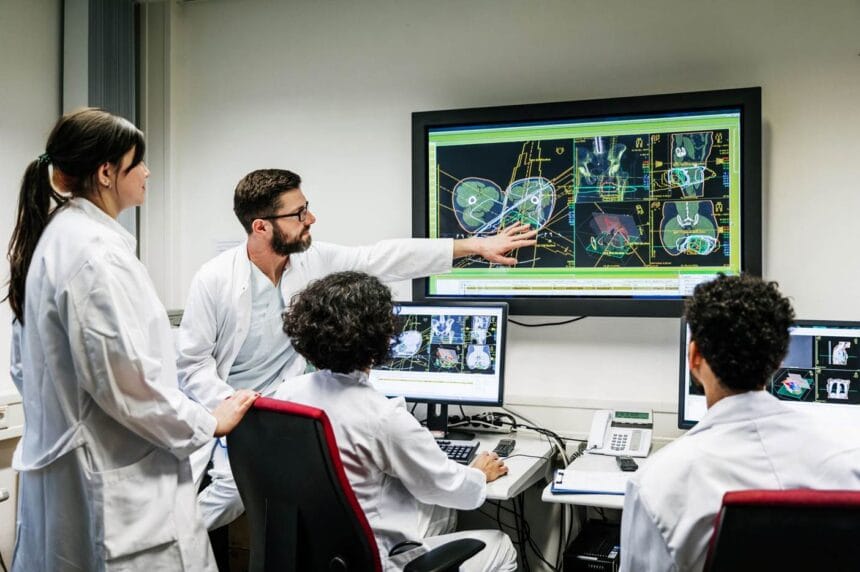Medical devices undergo a detailed lifecycle that ensures safety, efficacy, and regulatory compliance before reaching patients. Each phase requires careful attention to design, testing, manufacturing, and post-market surveillance to maintain quality throughout the device’s usable life.
Design and Development
The lifecycle begins with identifying a clinical need or problem. Engineers and healthcare professionals collaborate to develop a prototype that meets functional and safety requirements. Recent advances in manufacturing, such as SLS 3D printing services, allow rapid prototyping and customization of components, accelerating development while maintaining precision. This stage also includes risk assessment and planning for regulatory submissions.
Testing and Regulatory Approval
Before a device can enter the market, it undergoes rigorous testing. This includes laboratory tests, biocompatibility studies, and clinical trials to demonstrate safety and effectiveness. Regulatory bodies such as the FDA or the European Medicines Agency review all data to approve the device. Documentation is critical and must comply with strict standards to ensure the device performs as intended without causing harm.
Manufacturing and Distribution
Once approved, manufacturing scales up under controlled conditions. Quality control procedures monitor every step to prevent defects. Medical devices often require sterilization and packaging designed to maintain integrity during shipping and storage. Distribution channels must ensure timely delivery to hospitals, clinics, and other healthcare facilities while maintaining product traceability.
Usage and Maintenance
Medical devices enter clinical use with ongoing monitoring by healthcare providers. Some devices require routine maintenance, calibration, or software updates to remain safe and effective. Training for medical staff on proper use is essential to maximize patient outcomes and minimize errors.
End-of-Life and Disposal
Devices eventually reach the end of their lifecycle due to wear, obsolescence, or regulatory changes. Safe disposal or recycling is necessary to reduce environmental impact. Certain components may be hazardous and require special handling protocols. Manufacturers and healthcare providers share responsibility for ensuring compliance with disposal regulations.
The lifecycle of a medical device involves multiple interconnected steps that prioritize patient safety and device performance. Advances in manufacturing technology have improved the ability to create innovative, reliable devices more efficiently. Proper management throughout the lifecycle supports better healthcare delivery and ongoing innovation. Look over the accompanying infographic below to learn more.







